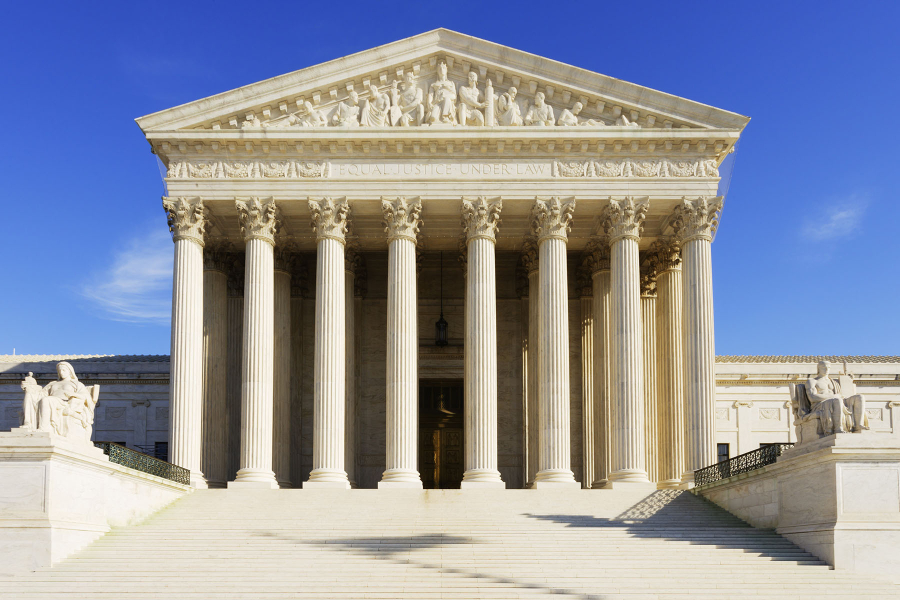Supreme Court declines to hear case on Chesapeake Bay pollution limits
Decision upholds EPA plan for reducing pollution across the watershed

The U.S. Supreme Court has announced it will not hear a case challenging the Chesapeake Bay Total Maximum Daily Load (TMDL). The decision lets stand a federal appeals court ruling that the U.S. Environmental Protection Agency (EPA) can set pollution limits for the Chesapeake Bay.
EPA issued the TMDL—also known as the Bay “pollution diet”—in 2010, setting limits on the amount of nitrogen, phosphorous and sediment allowed to run into the Bay each year. Watershed Implementation Plans (WIPs) describe the steps each of the seven Bay jurisdictions will take to meet these goals, and are included as commitments in the 2014 Chesapeake Bay Watershed Agreement.
In 2011, the American Farm Bureau Federation, the Pennsylvania Farm Bureau, the National Association of Home Builders and a number of agricultural trade associations filed suit against the EPA, claiming the federal agency lacked authority to issue the TMDL. Numerous local and national partners intervened in support of the EPA, including the Chesapeake Bay Foundation, Midshore Riverkeeper Conservancy, National Wildlife Federation and others.
In 2013, Pennsylvania Federal Judge Sylvia Rambo upheld the pollution limits, leading plaintiffs to appeal. In 2015, the U.S. Third Circuit Court of Appeals in Philadelphia again upheld the TMDL as legal under the Clean Water Act. And on Monday, the Supreme Court announced it would not review the case, upholding the appellate court decision.
Learn more about the plan to reduce pollution in the Bay on the EPA’s TMDL website.

Comments
Great news for all the people who love the Bay and are committed to it's restoration.
Thank you!
Your comment has been received. Before it can be published, the comment will be reviewed by our team to ensure it adheres with our rules of engagement.
Back to recent stories